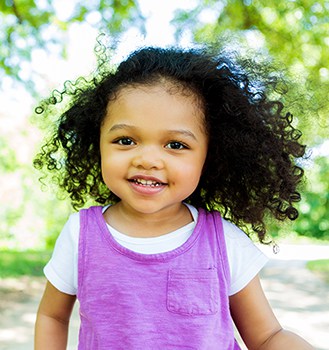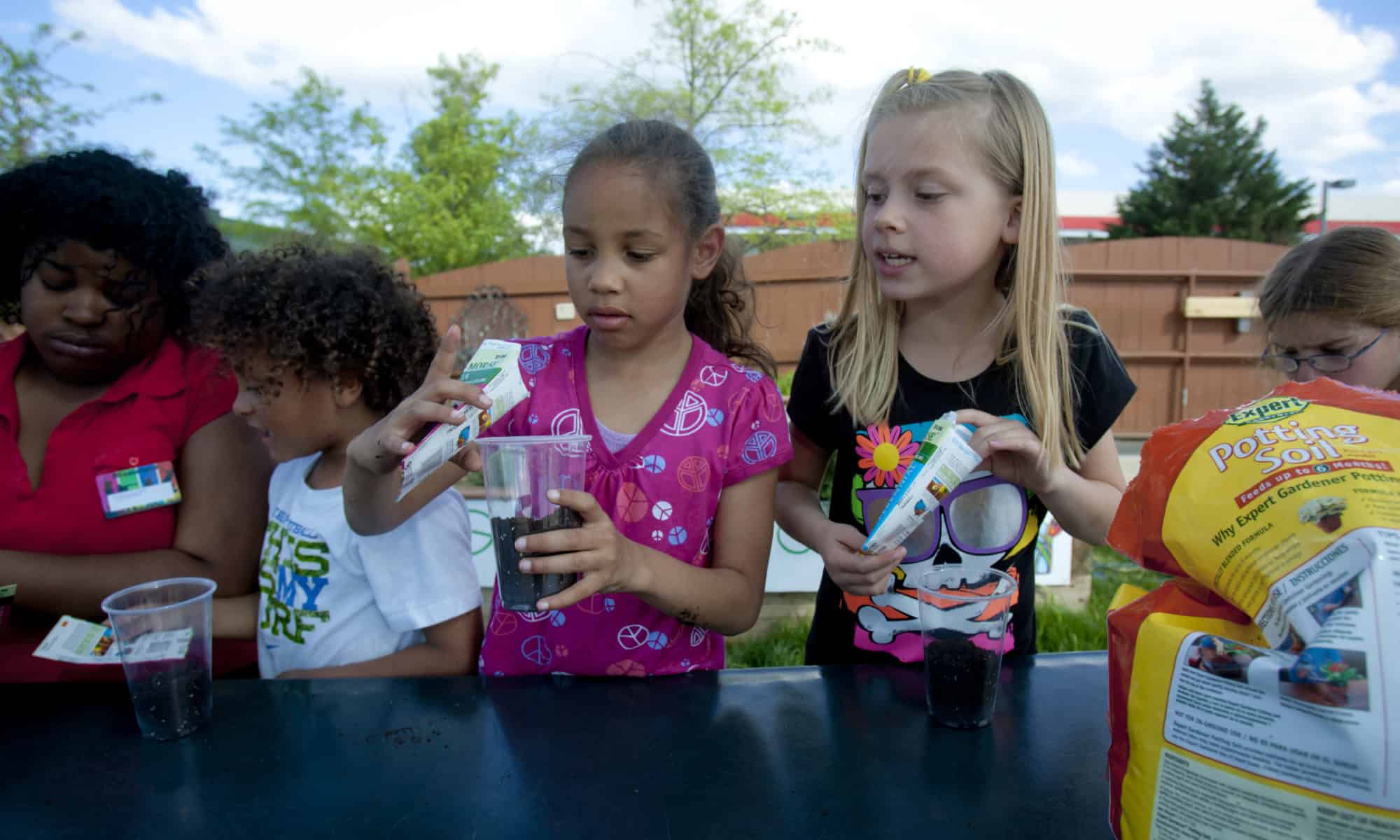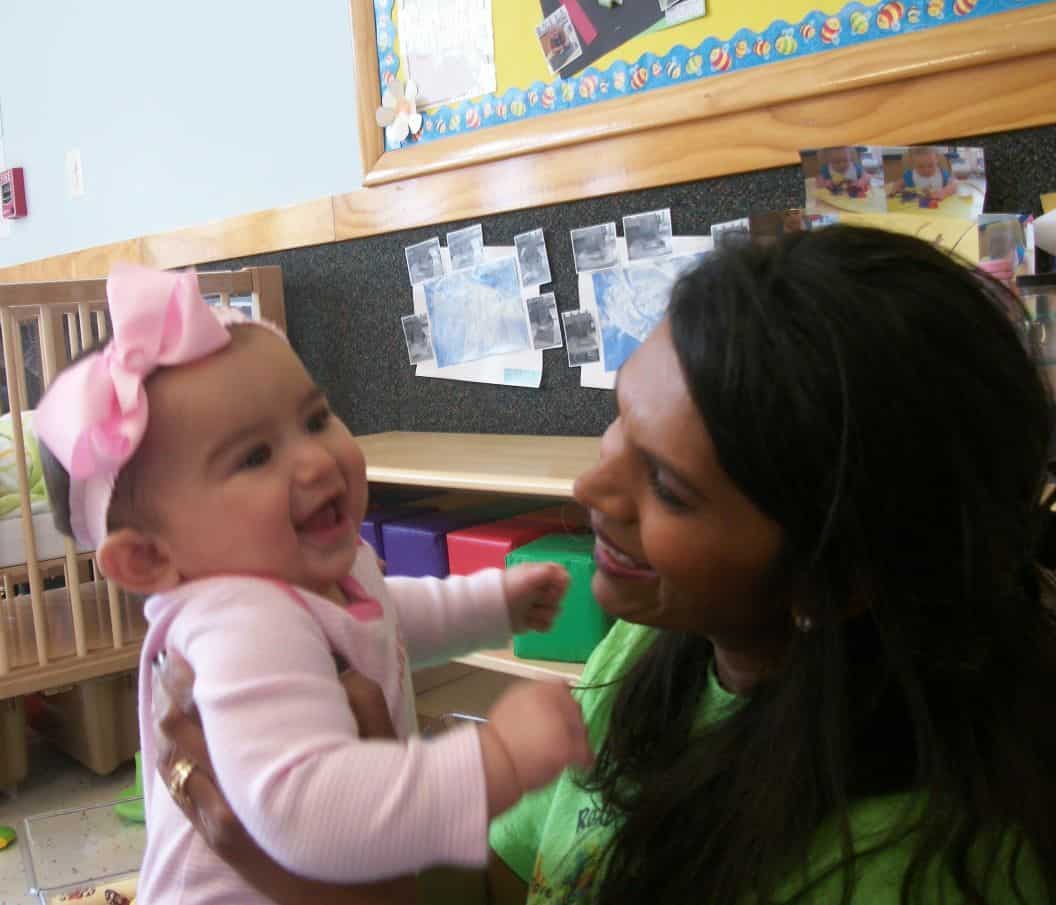“WHYWHYWHY:” why does this word and the never-ending repetition of it make up a toddler’s entire vocabulary? How do we deal with the curiosity that comes from such a simple question? Toddlers are known to be curious little things that never seem to sit still. We can always count on them to be tottering half a room away looking for the next item on the list for destruction. When toddlers continuously ask us the ‘why’ question, they are trying to make sense of the world around them. While it may seem easier to just give them the whole spiel on why it’s raining, that’s not how toddlers’ brains work. They need to make sense of the answers they get one step at a time. They learn new things everyday through observation and little facts. Berate them with a bucket of facts on how the world works and you’ll have one very confused tot.
Stumped by some of the questions your little one asks you? You are definitely not alone. Toddlers ask so many questions that there are a number of books out there just to help parents answer them. Catherine Ripley’s Why?: The Best Ever Question, and Answer Book About Nature, Science, and the World Around You are two great books that you can take advantage of. Brain Quest also has a lot of games with questions and answers for toddlers and parents alike.





 nique lamp base out of them. If you have old character toys, you can use a lamp kit to convert them into a lamp stand. For example, your child’s favorite teddy bear may not be something they play with anymore, but displaying it as a light source is a fun way to keep it around for sentimental purposes.
nique lamp base out of them. If you have old character toys, you can use a lamp kit to convert them into a lamp stand. For example, your child’s favorite teddy bear may not be something they play with anymore, but displaying it as a light source is a fun way to keep it around for sentimental purposes. Few things give your child more joy than a new toy (except for maybe the box that it came in…). Toys help to create a vast colorful world of endless wonder and make-believe you and I can no longer really “see”.
Few things give your child more joy than a new toy (except for maybe the box that it came in…). Toys help to create a vast colorful world of endless wonder and make-believe you and I can no longer really “see”.
 Candy, TV Shows, Toys and even what to wear, there are a lot of things a child CAN make choices on. Oftentimes, we do the choosing for our children and sometimes we just give in to what they want the first time… not always the best option.
Candy, TV Shows, Toys and even what to wear, there are a lot of things a child CAN make choices on. Oftentimes, we do the choosing for our children and sometimes we just give in to what they want the first time… not always the best option.


